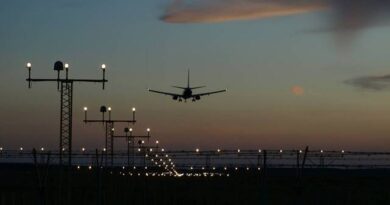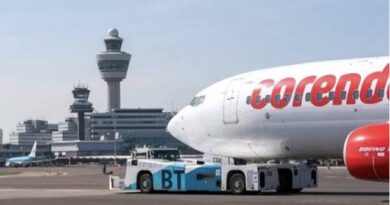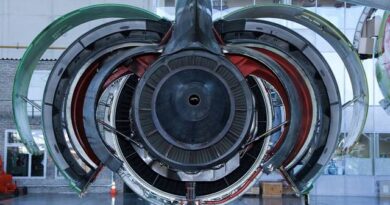Why Planes Usually Don’t Fly Over South Pole
In the realm of aviation, the bustling skies over the North Pole stand in stark contrast to the eerily silent expanse of air above Antarctica. While flights routinely traverse the Arctic, venturing beyond the South Pole remains an uncommon practice. This intriguing contrast begs the question: Why do planes usually avoid to fly over the South Pole?
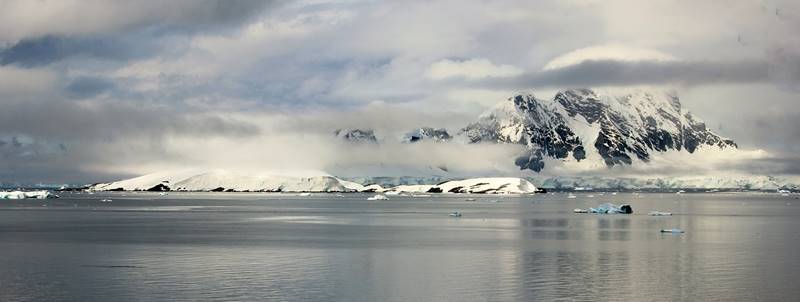
Navigating the Challenges of the Southern Hemisphere
The decision to steer clear of Antarctica stems from a confluence of factors, each posing unique challenges for air travel.
- Limited Infrastructure: The vast, remote expanse of Antarctica lacks the infrastructure necessary for regular commercial flights. With a scarcity of airports and refueling stations, traversing the continent poses logistical hurdles that airlines are hesitant to overcome.
- Harsh Weather Conditions: Antarctica is notorious for its unforgiving weather, characterized by extreme temperatures, unpredictable storms, and blinding blizzards. These conditions not only increase the risk of flight disruptions but also demand specialized equipment and pilot training, adding to operational costs.
- ETOPS Regulations: The Extended-Twin-engine Operational Performance Standards (ETOPS) mandate that twin-engine aircraft must remain within a certain distance of a suitable airport in case of an engine failure. The vast distances and limited number of airports in Antarctica make it challenging to comply with these regulations.
Economic Considerations and Alternative Routes
Apart from the logistical and operational challenges, the economic viability of flying over the South Pole remains questionable. The demand for air travel between points in the Southern Hemisphere is significantly lower compared to the Northern Hemisphere, making it less attractive for airlines to invest in polar routes.
In most cases, alternative routes that circumvent Antarctica offer shorter travel times and greater economic efficiency. For instance, flights between Australia and South America often follow a route that skirts the southern tip of Africa, avoiding the harsh conditions and logistical limitations of the Antarctic region.
Exceptions to the Rule: Specialized Flights to Antarctica
While commercial flights generally avoid Antarctica, there are exceptions to this rule. Specialized flights, primarily for scientific research and tourism, do venture into the continent. These flights often utilize specialized aircraft and crew trained for polar operations.
FAA Polar Ragion Guide
The “polar region guide” published by the FAA on March 5, 2001,(further reading FAA doc.) sets out a number of conditions that airlines must meet for aircraft that will pass through regions north of 78° north latitudes and south of 60° south latitudes:
- Determination of alternative airports to be used in case of an emergency landing on the route,
- An operational plan on how to ensure the safety and evacuation of passengers and crew in such a situation,
- Closely monitoring the temperature of the fuel throughout the flight,
- Active communication systems (VHF, HF and satellite link),
- Flight crews must receive special training for very cold weather conditions. And have two sets of special clothing to be used in situations that require them to exit the aircraft in the said region,
- The magnetically unstable regions close to the pole point, using the true heading in the compass for navigation purposes.
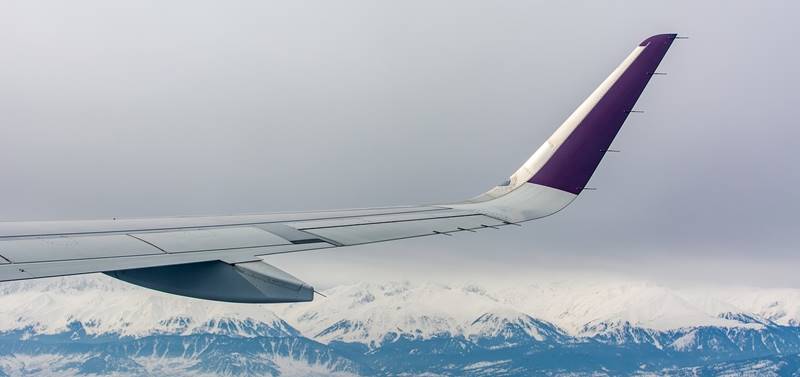
Importance of ETOPS rule
The basic rule that makes the south pole difficult for passenger planes is ETOPS. According to the ETOPS rule, twin-engine airplanes must make an emergency landing within a certain period of time when one of their engines fails. Therefore, airports to be used in emergencies are also taken into account when drawing flight routes. It does not seem possible to draw a route through Antarctica by following the ETOPS rule. Because even for the Airbus A350, which has an ETOPS time of 370 minutes, a significant part of this cold continent is out of coverage.
The scarcity of flights over the South Pole has contributed to its mystique, preserving a sense of remoteness and untouched wilderness. While technological advancements may one day make polar air travel more commonplace, the South Pole is likely to retain its unique status as a region where planes rarely tread.
Closest Airport to the South Pole: Guardiamarina Zañartu Airport
Guardiamarina Zañartu Airport (IATA: WPU, ICAO: SCGZ) in Puerto Williams, Chile, is recognized as the southernmost airport in the world with regular scheduled flights. Located on Navarino Island, this airport serves as a crucial gateway to the southern regions of South America and the Antarctic territories. While it is geographically closer to the South Pole than any other commercial airport, it primarily offers flights within Chile, particularly to Punta Arenas. Guardiamarina Zañartu Airport is approximately 3,899 kilometers (2,422 miles) from the South Pole, making it the closest airport to the Pole that can handle regular international flights
Future Prospects for South Polar Air Routes
The future of South Polar air routes is becoming more realistic. Advances in aircraft technology are making longer flights possible. Changes in ETOPS regulations may allow safer flights over remote areas. This could reduce travel times for certain southern hemisphere routes. Interest in developing Antarctic infrastructure is also growing. Environmental improvements in aviation add to the potential of polar flights. Increased climate research in polar regions could further support these routes. However, challenges remain. Extreme weather, limited infrastructure, and environmental concerns are significant hurdles. These issues must be managed before flights over the South Pole can become routine.
References and Further Reading:
- “Why Planes Fly Over The North Pole But Not The South Pole” by Simple Flying https://www.quora.com/Why-do-planes-fly-over-the-North-Pole-but-not-the-South-Pole
- “Why do planes fly over the North Pole but not Antarctica?” by Quora https://www.quora.com/Do-flights-fly-over-the-North-or-South-Pole
- “Flights fly over the north pole all the time but not the south. Why not?” by Reddit https://www.reddit.com/r/NoStupidQuestions/comments/q46va0/do_planes_fly_through_the_north_and_south_pole_to/
- “The basic rule that makes the south pole difficult for passenger planes is ETOPS.” by Simple Flying https://www.quora.com/Why-do-planes-fly-over-the-North-Pole-but-not-the-South-Pole
